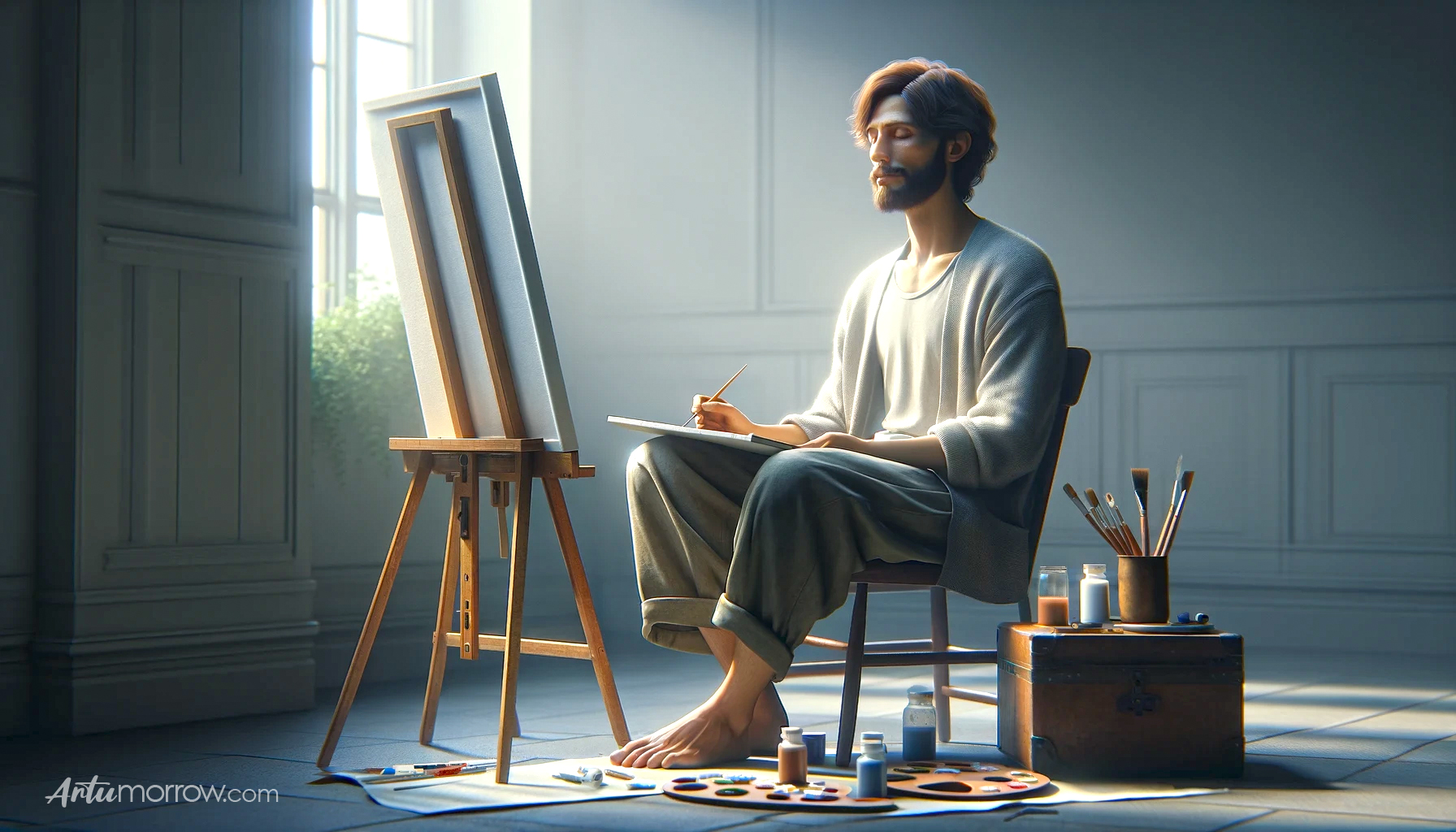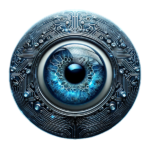In a world where technology knows no bounds, a new and insidious epidemic has emerged. It lurks in the glowing screens of our devices, masquerading as harmless creativity. Beware, dear reader, for we are talking about the silent scourge of our times: AI Art Creation Addiction.
The Genesis of the Addiction
It begins innocuously enough. A curious soul stumbles upon an AI art generator. “What harm could it do?” they think. A simple prompt here, a delightful image there. Hours melt away as the AI conjures visions from the ether, each more captivating than the last. Little do they know, they are slipping into a digital vortex.

The Signs and Symptoms
The symptoms are subtle at first. A casual glance at the clock reveals hours have passed unnoticed. Meals are skipped, social engagements ignored.
The afflicted begin speaking in strange tongues: “cinematic hyper-realism,” “post-apocalyptic aesthetic,” “dynamic epic scenes.”
Their eyes, once windows to the soul, now reflect only the vibrant hues of their latest creations.
Family and friends grow concerned. Conversations become one-sided as the addict endlessly extols the virtues of their AI muse. “Look at this zombie art,” they say, “It’s gritty and unique!” But those around them only see a shadow of the person they once knew.
The Devastating Consequences
As the addiction deepens, the consequences become dire. Careers falter as productivity plummets. Relationships strain under the weight of neglected responsibilities. The addict’s home becomes a gallery of AI-generated masterpieces, each one a testament to their descent into obsession.
But the most tragic consequence is the loss of self. The addict forgets the joy of creating with their own hands. Their once fertile imagination becomes a barren landscape, dependent on the algorithms of their digital overlord.

The Path to Recovery
Is there hope for those ensnared by this digital demon? Experts say yes, but the road to recovery is long and arduous. It begins with a simple step: acknowledging the problem. From there, the addict must gradually wean themselves off the AI, rediscovering the joys of traditional art forms.
Support groups have sprung up, where recovering addicts share their stories and reclaim their creative identities. Therapy sessions focus on reawakening the human imagination, dulled by hours of staring at a screen.

A Call to Action
In the end, the key to overcoming AI Art Creation Addiction lies in balance. Technology should serve as a tool, not a master.
We must remember that true creativity springs from the depths of the human soul, not the lines of code in an AI program.
So, dear reader, next time you find yourself entranced by the overwhelming allure of AI art, take a step back. Breathe. Pick up a paintbrush, a pen, camera or even a lump of clay.
Let your hands shape your creativity, free from the digital chains of AI. In doing so, you may just save yourself from the hidden epidemic of our times.
And remember, the most beautiful art is the one that comes from within.
Happy creating, and may your artistic journey be ever inspiring!
Look, although satirical, this post has potential truth to it, so beware, as with anything, everything in moderation.
While AI art creation can be an incredible tool for unlocking new levels of creativity and imagination, it’s important to stay grounded and balanced. Don’t let the allure of endless digital possibilities overshadow the joy of creating with your own hands and mind. Embrace the technology, but remember to step back, connect with the real world, and nurture your innate creative spirit.



0 Comments